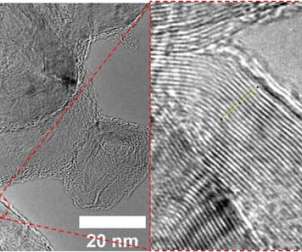Rice, C-Crete team optimizes conversion of tire waste into graphene for stronger concrete
Green Car Congress
APRIL 5, 2021
Rice University scientists and their colleagues at C-Crete Technologies have optimized a process to convert waste from rubber tires into graphene that can, in turn, be used to strengthen concrete. The Rice lab flashed tire-derived carbon black and found about 70% of the material converted to graphene. —James Tour.





















Let's personalize your content